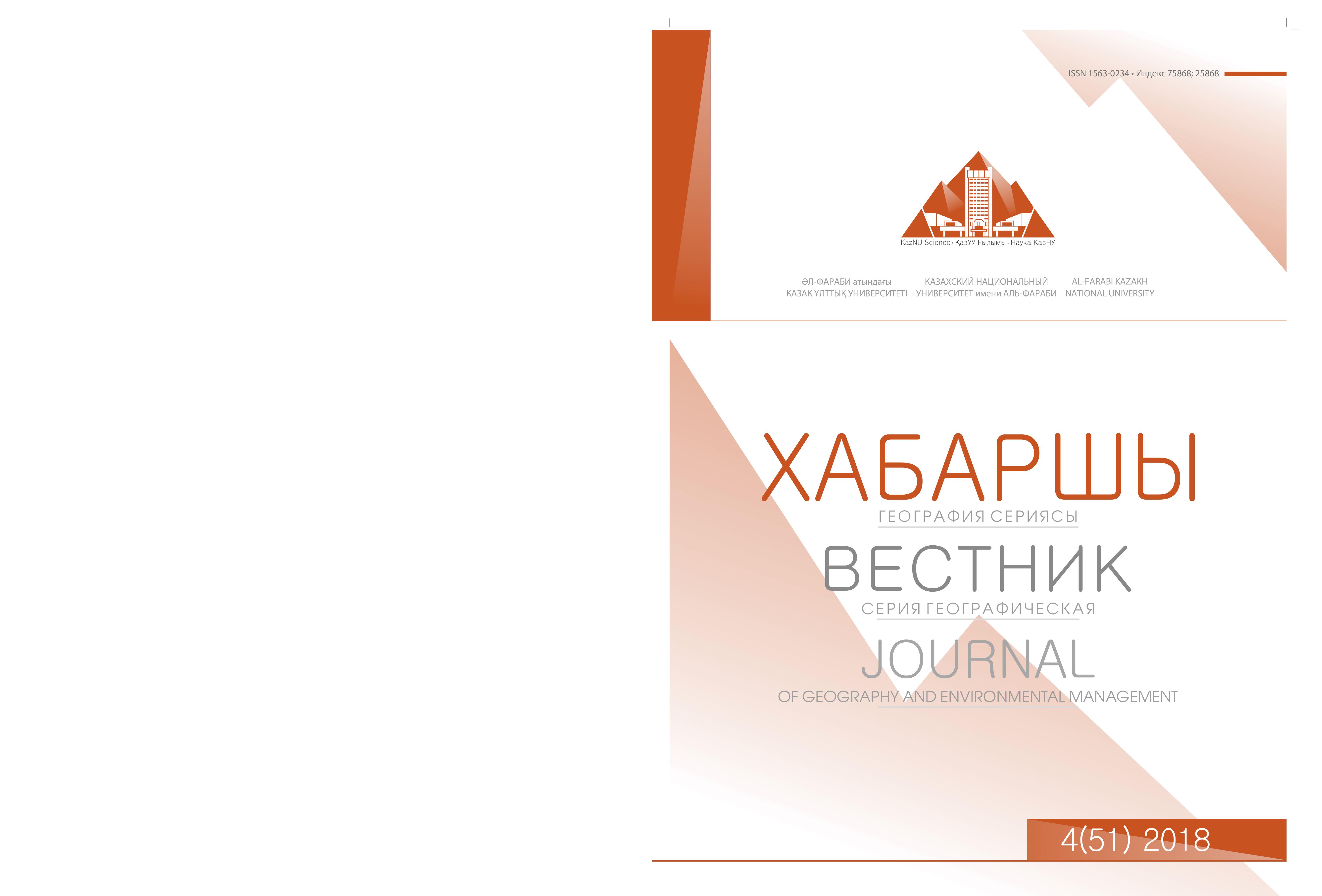Conceptual framework of sacral geography
Abstract
Sacral geography represents a concept which has been developed recently on the crossing of cultural studies and geography. It examines geographical space including physical components of the environment, and signs and symbolical aspects of geography. At the end of the XX-century researchers switched their attention from the study of time category to a new «vision» of a space where tourism acts as a tool for cultural expansion. The given fact has contributed to the development of sacral geography. The article presents the research results on a conceptual framework of sacral geography in the context of cultural tourism development. The initial information base of the given research work are literature references, previous research work findings on «sacral geography», publications in research journals and periodicals. The complex of different approaches has been applied in the given study: dialectic, retrospective, logical analysis which is concretized by a set of general research methods: comparison, analysis and synthesis and others. President N.A. Nazarbayev’s article «The course towards the future: modernization of Kazakhstan’s identity», the State education development programme of the Republic of Kazakhstan for 2011-2020, Strategic national project on «Cultural heritage», materials of specialized periodicals as well as the works of the authors on the given issue have formed the informational and empirical base of the given study. The conducted analysis of a conceptual framework has enabled the
authors to generalize and compare the data on «sacral geography», provided a clear distinction between
the concepts of «sacrality» and «sacral geography», revealed their corresponding attributes, and identified
their role in cultural tourism.



